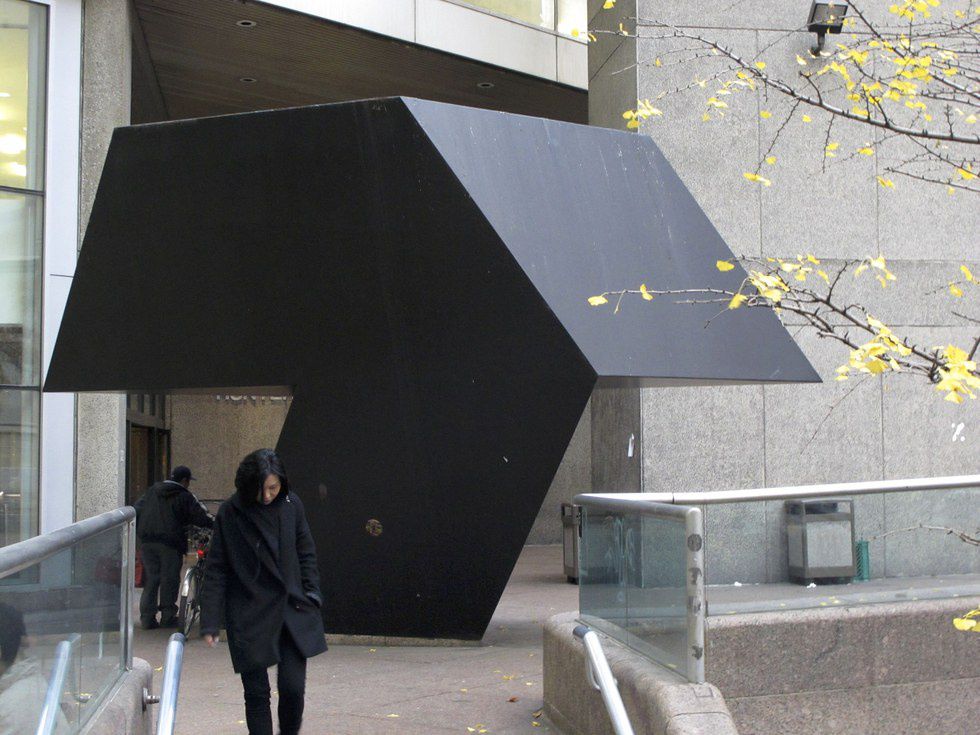The image above was taken just outside Hunter College during the evening, at around 2:00 PM. This sitting space is actually part of the 6-train station, which is also right in front of the college entrance. This space is primarily used as a chill/hangout spot for the public. The area was devoid of people using it, but this fluctuates as time goes on. This is a relatively small public space, but I think that perhaps whoever was designing this area was keeping the college students in mind.
There is sufficient foot and vehicular traffic here for it to be a safe space during the day, as there is a consistent flow of people coming in and out of the station. Jane Jacobs' book, "The Death and Life of Great American Cities" is the most applicable to this area, specifically her chapter called "The Uses of Sidewalks: Safety". In the chapter, Jacobs gives us a list of criteria that ensures the general safety of a city block. Two of these criteria is having a consistent amount of foot traffic and eyes on the street.Despite the Hunter College public area technically being part of the campus, most of this space’s patrolling is done by non-college students. The location of this area is also key; it’s on Lexington Avenue, which means this would be a busy area anyway.
There is a pseudo-gate separating the college entrance from this public space. It takes the form of a black sculpture, large enough to obstruct the view of the entrance when coming out of the station. I always found its placement odd, but after reading Jane Jacobs' work, perhaps this is a way that Hunter College has marked its own gated community or its own "turf" by separating its student from the rest of the public, and vice versa.




















